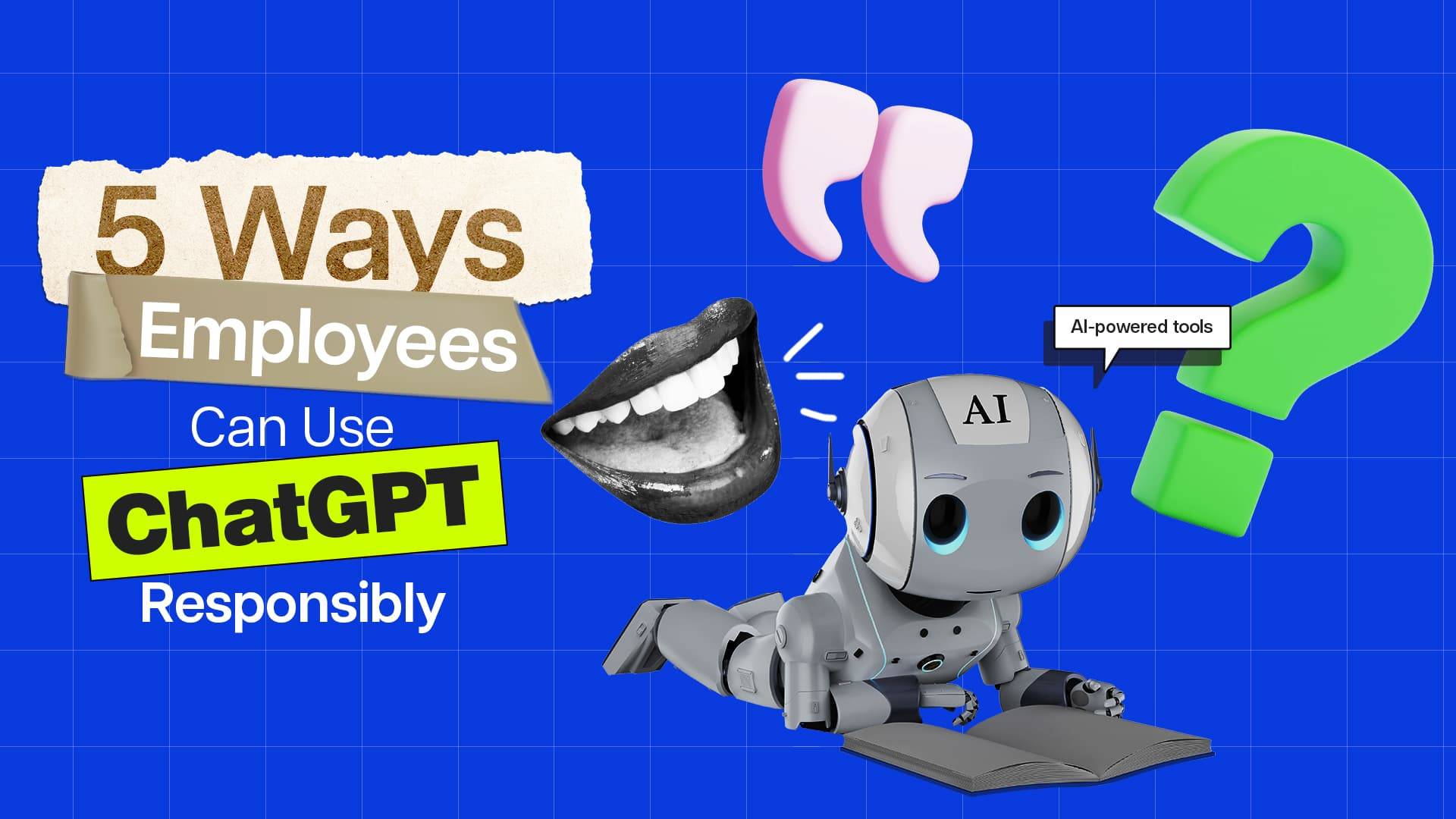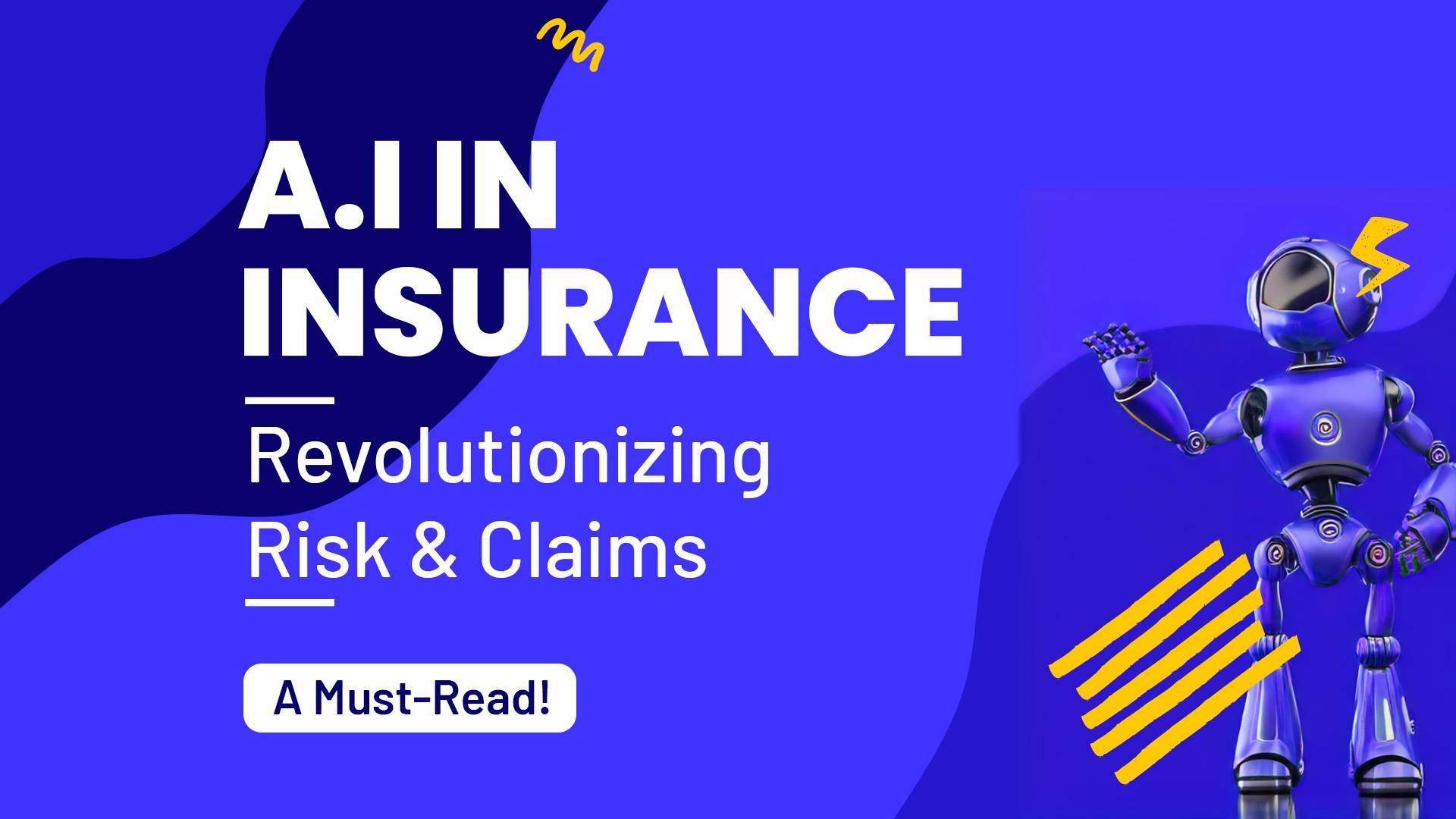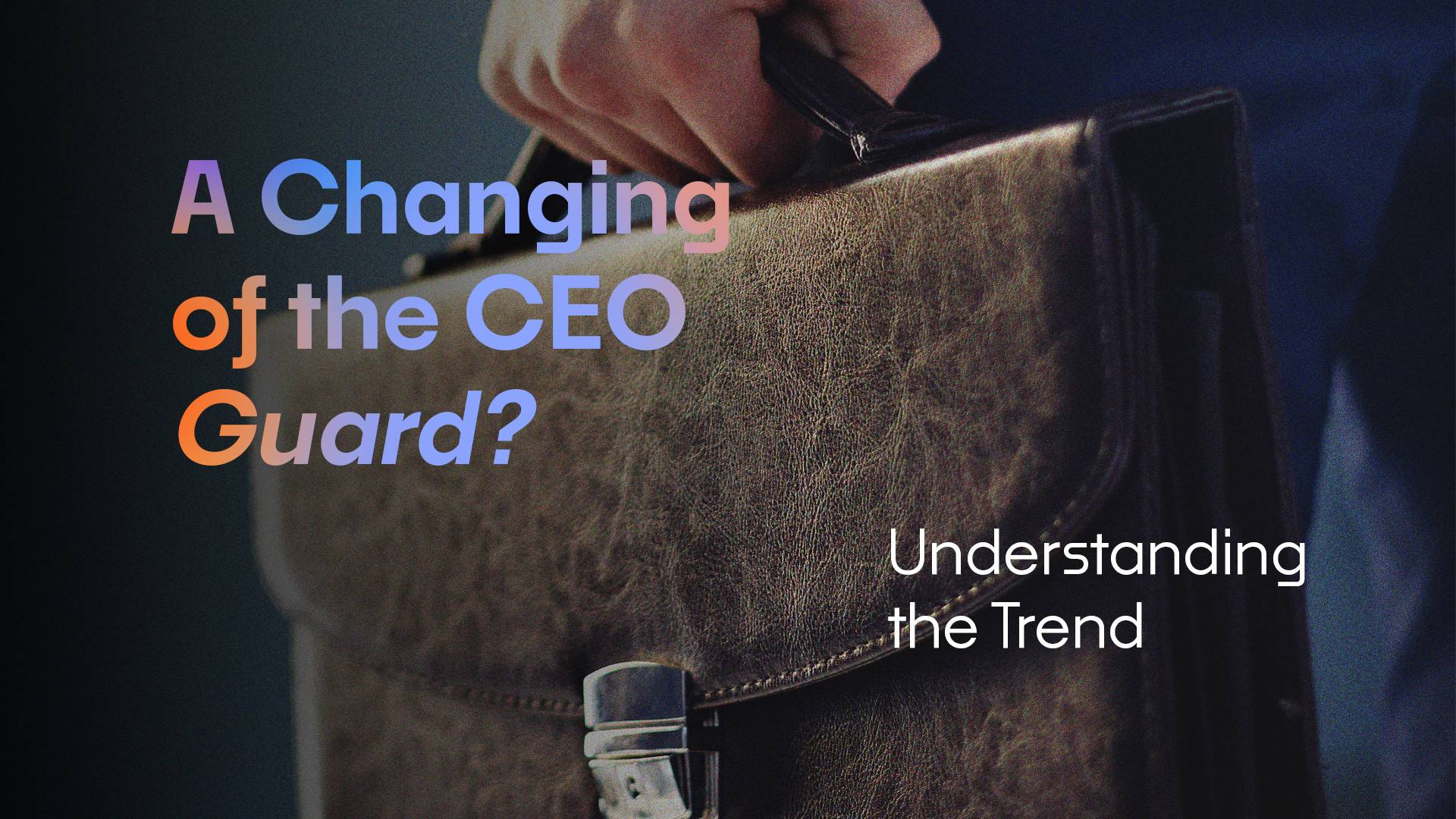Artificial Intelligence has revolutionized the way we work, and one such AI-driven marvel is ChatGPT, a powerful language model developed by OpenAI. ChatGPT has the potential to enhance productivity, automate tasks, and streamline communication.
However, with great power comes great responsibility. It is crucial for employees to utilize ChatGPT ethically and efficiently. In this blog, we will discuss five ways employees can make the most of ChatGPT while adhering to ethical guidelines.
Verify Information
ChatGPT can generate information based on the context provided, but it is essential to remember that its knowledge is limited to what it has been trained on. Therefore, it is the employee’s responsibility to verify any information generated by ChatGPT before using it in professional settings. Cross-checking facts and data with reliable sources can help ensure accuracy and prevent the spread of misinformation.
Protect Privacy
Maintaining the confidentiality of sensitive information is crucial in a professional environment. When using ChatGPT, it is essential to be mindful of the data you input. Avoid sharing personal or sensitive information, such as names, addresses, social security numbers, or financial details, while using the tool. By adhering to strict data privacy guidelines, employees can safeguard the interests of their organization and its stakeholders.
Credit Appropriately
When using content generated by ChatGPT, it is important to give proper credit. This could mean acknowledging the use of the AI-generated content in your work or citing the tool as a source. By doing so, you uphold the principles of transparency and intellectual honesty. Crediting AI-generated content also helps maintain a clear distinction between human-generated work and machine-generated work, ensuring that the lines do not blur.
Stay Human
While ChatGPT is an incredibly powerful tool, it is essential to remember that it cannot replace human intuition, empathy, and creativity. As employees, we must use ChatGPT as a means to augment our capabilities rather than replacing our human touch. For instance, when communicating with clients, colleagues, or other stakeholders, it is vital to maintain personal connections and adapt to the unique needs and emotions of the situation.
Be Mindful of Bias
AI models like ChatGPT can sometimes inadvertently propagate biases present in the data they have been trained on. As employees, it is our responsibility to be vigilant and recognize potential biases in the output. Always review the content generated by ChatGPT and edit it to ensure that it is free from discriminatory language or stereotypes. This will help foster a more inclusive and respectful work environment.
Conclusion
ChatGPT has the potential to transform the way we work, but it is our responsibility as employees to use it ethically and efficiently. By verifying information, protecting privacy, crediting appropriately, staying human, and being mindful of biases, we can harness the power of AI for good while maintaining a professional and ethical workplace.
Let’s embrace the benefits of this cutting-edge technology while never forgetting our human values and responsibilities.










